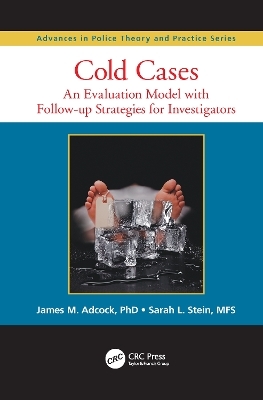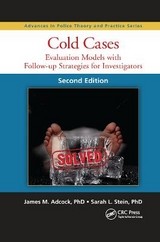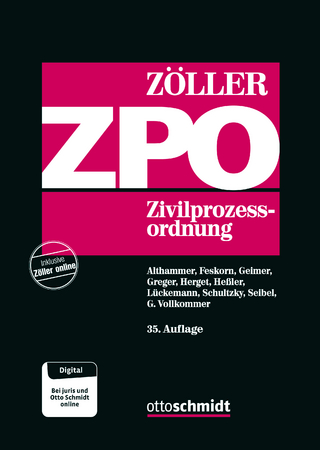
Cold Cases
Routledge (Verlag)
978-1-138-11340-4 (ISBN)
- Titel erscheint in neuer Auflage
- Artikel merken
Evaluating the Case
Divided into three sections, the book begins with a historical perspective on how cases get to the point where it appears all investigative leads have been exhausted. It includes a chapter on understanding the process of homicide and those who kill — critical information for the homicide investigator. Next, the authors explain the evaluation model. They demonstrate the key elements of organization, thoroughness, and the value of the scientific method. This section validates theories of the crime, raises evidentiary issues and concerns, addresses the informational and behavioral aspects relative to the crime and the participants in the crime, and documents investigative strategies for future efforts on the case.
Investigating and Solving the Crime
The third section discusses the investigation that follows the evaluation. The book considers questions investigators must ask, including what should be looked at beyond the case file itself, and how the growth in technology since the date of the incident might provide new opportunities to uncover clues. This section also explores the choice of interview/interrogation techniques based on the behavioral aspects involved. Finally, the authors suggest how investigators can maximize their efforts and obtain not just an arrest, but a conviction.
Useful appendices include sample standard operating procedures from three different agencies to use as a guide for setting up a cold case unit and a list of additional resources a department may look to for assistance. By following the cold cases evaluation model in this volume, those charged with resolving long-forgotten crimes can increase their chance of an accurate resolution, or at least be able to say that everything that can be done has been done.
James M. Adcock, PhD and Sarah L. Stein, MFS are with The Center for the Resolution of Unresolved Crime (CRUC) in Hattiesburg, Mississippi, USA
Section I: Getting Started: How Do We Prepare to Review and Conduct Cold Case Investigations? What Is a Cold Case and How Did We Get Here? Understanding the Process of Homicide and Those Who Kill. Creating a Cold Case Squad (Concepts for Initialization). Section II: The Evaluation Process. The Cold Case Evaluation Model—Introduction and Phase I. The Cold Case Evaluation Model—Phase II. The Cold Case Evaluation Model—Phases III and IV. Section III: Follow-up Investigative Strategies. Applying Science and Technology to Cold Cases. Suspect Identification Using Pre-, Peri-, and Post-Offense Behaviors. Interview and Interrogation Issues and Concerns Relating to Cold Cases. Evaluation Reports and Legal Considerations. Conclusion. Appendices. Index.
| Erscheinungsdatum | 25.07.2017 |
|---|---|
| Reihe/Serie | Advances in Police Theory and Practice |
| Zusatzinfo | 7 Tables, black and white; 33 Illustrations, black and white |
| Verlagsort | London |
| Sprache | englisch |
| Maße | 156 x 234 mm |
| Gewicht | 340 g |
| Themenwelt | Naturwissenschaften ► Biologie |
| Recht / Steuern ► Allgemeines / Lexika | |
| Recht / Steuern ► EU / Internationales Recht | |
| Recht / Steuern ► Privatrecht / Bürgerliches Recht ► Zivilverfahrensrecht | |
| Recht / Steuern ► Strafrecht ► Kriminologie | |
| Sozialwissenschaften | |
| ISBN-10 | 1-138-11340-9 / 1138113409 |
| ISBN-13 | 978-1-138-11340-4 / 9781138113404 |
| Zustand | Neuware |
| Informationen gemäß Produktsicherheitsverordnung (GPSR) | |
| Haben Sie eine Frage zum Produkt? |
aus dem Bereich



